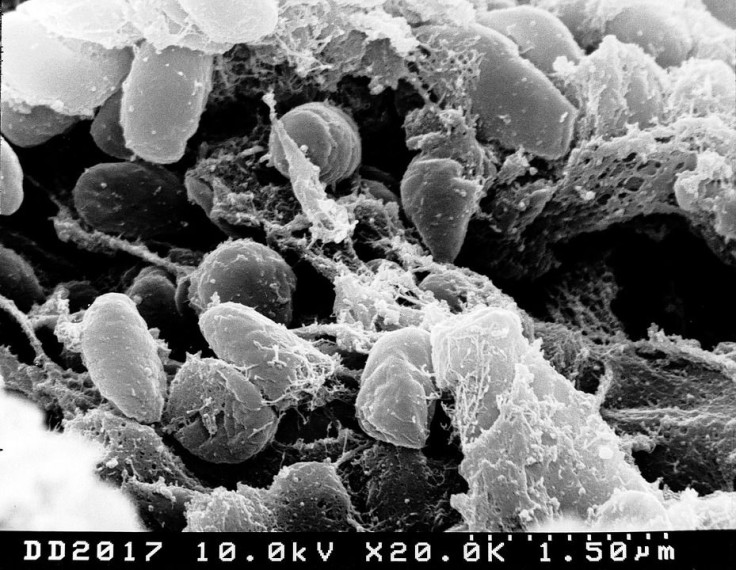More Plague Cases Identified In Santa Fe County, New Mexico: 4 Facts To Know About The Disease

Two more people were confirmed of having the plague and needed to be hospitalized, according to the New Mexico Department of Health (NMDOH).
These additional cases, in 52-year-old and 62-year old females, bring the total number of diagnoses to three human cases in Sante Fe County in 2017. In 2016, a total of 4 total cases were reported across the state.
Read: 10 Of The Deadliest Epidemics In History, From Bubonic Plague To HIV/AIDS
“NMDOH conducted environmental investigations around the homes of the patients to look for ongoing risk and to ensure the safety of the immediate family and neighbors,” the state health department said in a statement.
What Is Plague?
It’s a bacterial disease that can affect humans and some animals. You’ve probably heard it referred to as “bubonic plague,” which is one type of the disease, but there’s also two others: septicemic and pneumonic. All types present similar symptoms including fever and weakness.
How Do You Get Plague?
Plague comes from rodents, but humans typically get the disease by being bitten by infected fleas; however, human transmission from rodents, wildlife, and pets is also possible. Some specific animals that can be infected include rock squirrels, wood rats, ground squirrels, prairie dogs, chipmunks, mice, voles and rabbits.
“Pets that are allowed to roam and hunt can bring infected fleas from dead rodents back into the home, putting you and your children at risk,” said Dr. Paul Ettestad, public health veterinarian for the Department of Health. “Keeping your pets at home or on a leash and using appropriate flea control product is important to protect you and your family.”
Read: Bubonic Plague Wasn't Always So Deadly: The Mutation That Made The Disease So Lethal
How Can You Prevent Plague?
Although your chances of dying from plague are drastically lower than they were a century ago when antibiotics didn’t exist, it’s still important to be aware of tips that can help you avoid the deadly disease. The NMDOH recommends using appropriate flea-control products on pets, cleaning up areas where rodents may live such as wood piles, taking sick pets to the vet, going to the doctor for unexplained sudden high fever, and leaving your pet’s food and water out of reach from mice.
Why Is Plague Affecting New Mexico More Frequently?
New Mexico has certain environmental factors that make it a place suitable for the disease to live, Dr. Ettestad told The New York Times. Vegetation in the state, such as pinyon and juniper trees, support “a wide variety of rodents and fleas,” he explained. Other areas where plague is more common are in rural and semi-rural areas including Arizona and Colorado, according to the Centers for Disease Control And Prevention.
See also: California Child Diagnosed With Plague After Yosemite Trip
Published by Medicaldaily.com



























